EVA Empreendimento Teresópolis
Location: Estrada Osório Duque , Várzea, Teresópolis, RJ, Brasil
Year: 2023
Stages: Environmental Feasibility Study (EVA)
Area: 103,87 ha
Work themes: Regeneration of Native Vegetation of the Atlantic Forest, Nature-based Solutions (SbN), Green Infrastructure, Ecological Corridors, Slope Protection
Typology: Private enterprise
Client: AR Empreendimentos
Collaborators: Victor Teixeira da Fonseca, Turíbio Silva and Marina Silva
Summary
The Environmental Feasibility Study (EVA) covers a series of activities, including analyzes of legal restrictions and physical and biological characteristics of the land, such as topography, water resources, flora and fauna. Furthermore, it evaluates natural attractions, scenic potential and legal restrictions. These analyzes result in the identification of the conditions that influence the vocation and potential of the area. Based on this, intervention guidelines are established to enhance environmental conditions, considering biodiversity, contact with nature and environmental safety. This work takes into account the project’s intentions and legal, technical and financial constraints.

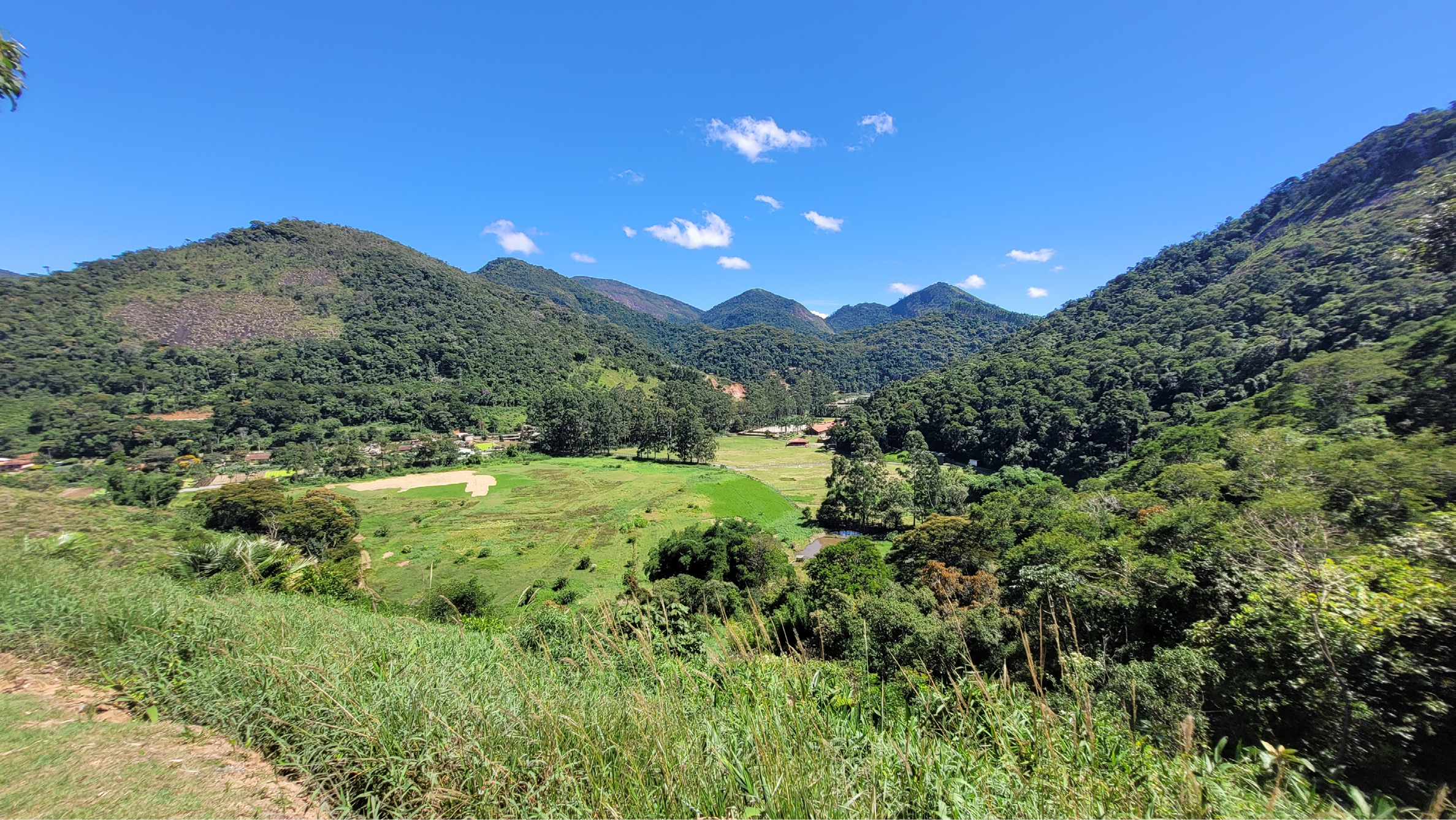
The Project
The Strategic Environmental Assessment (AAE) followed up with a Landscape Recovery Project, which outlined guidelines based on the condition of the biome, considering the proximity to restinga areas and forest areas and the urban expansion of the neighborhood. The proposed guidelines range from preserved areas to subdivided areas to constitute a consistent network of actions on multiple scales and typologies.
These guidelines considered SbN (Nature-Based Solutions), seeking green infrastructure on the ground, with Ecological Corridors, Protection Zones (seeking to protect wetlands and a larger area of infiltration and rainwater accommodation), Edge Protection, Sustainable Use Zones , Management of invasive species and control and renewal of elements of fauna and flora, Natural Regeneration of native vegetation of the Atlantic Forest.
The Strategic Environmental Assessment (AAE) followed up with a Landscape Recovery Project, which outlined guidelines based on the condition of the biome, considering the proximity to restinga areas and forest areas and the urban expansion of the neighborhood. The proposed guidelines range from preserved areas to subdivided areas to constitute a consistent network of actions on multiple scales and typologies. These guidelines considered SbN (Nature-Based Solutions), seeking green infrastructure on the ground, with Ecological Corridors, Protection Zones (seeking to protect wetlands and a larger area of infiltration and rainwater accommodation), Edge Protection, Sustainable Use Zones , Management of invasive species and control and renewal of elements of fauna and flora, Natural Regeneration of native vegetation of the Atlantic Forest.
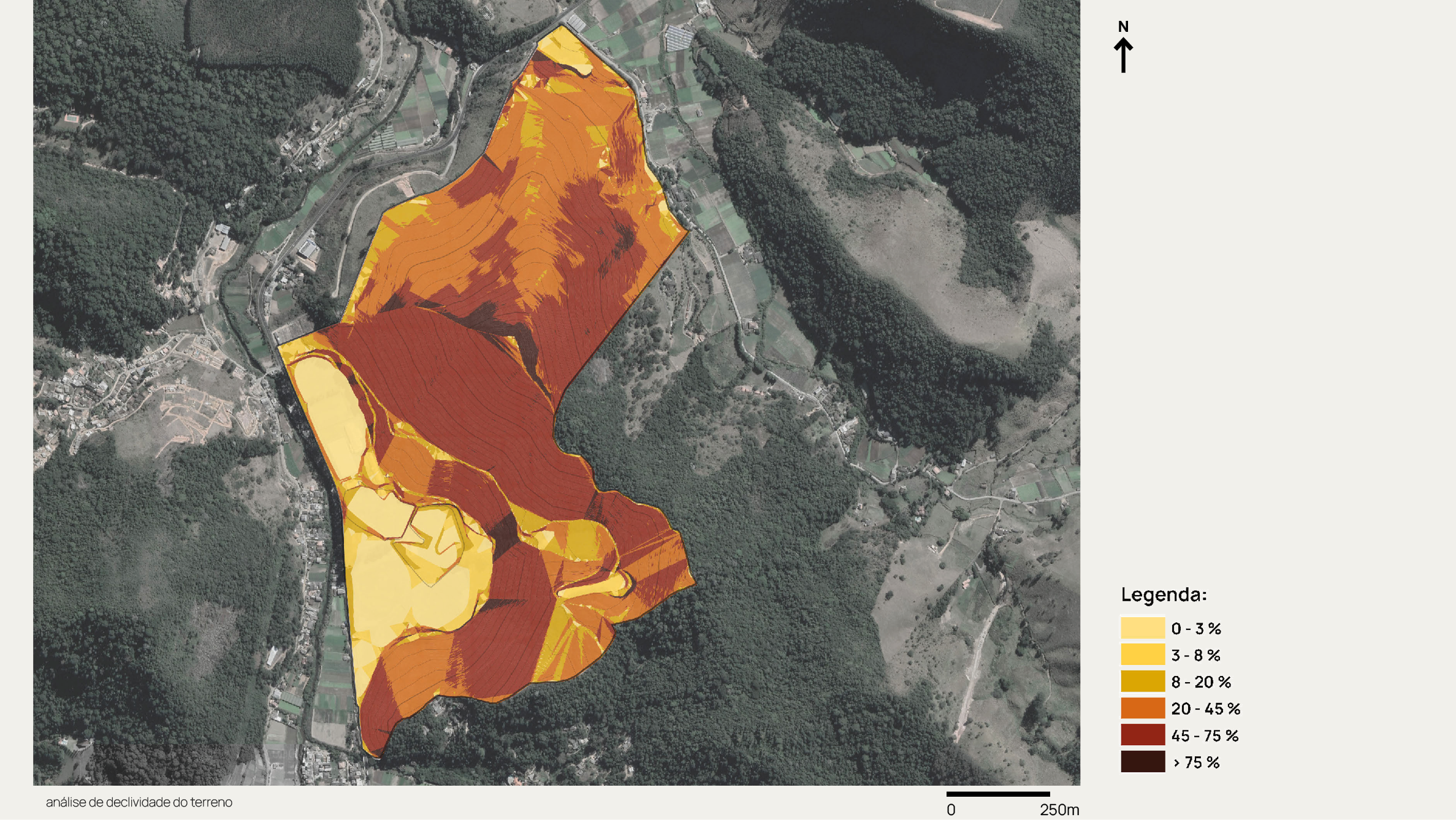
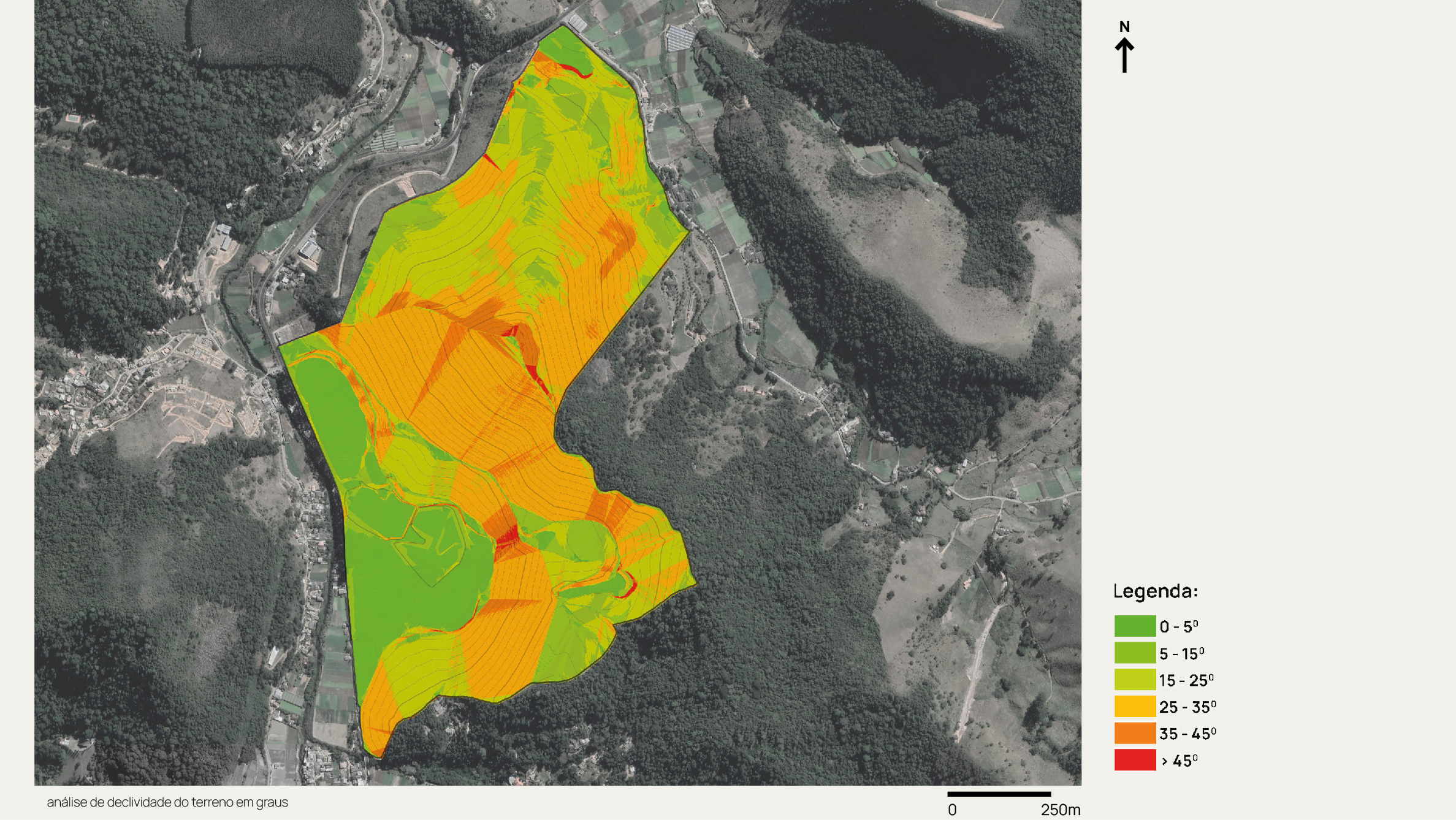
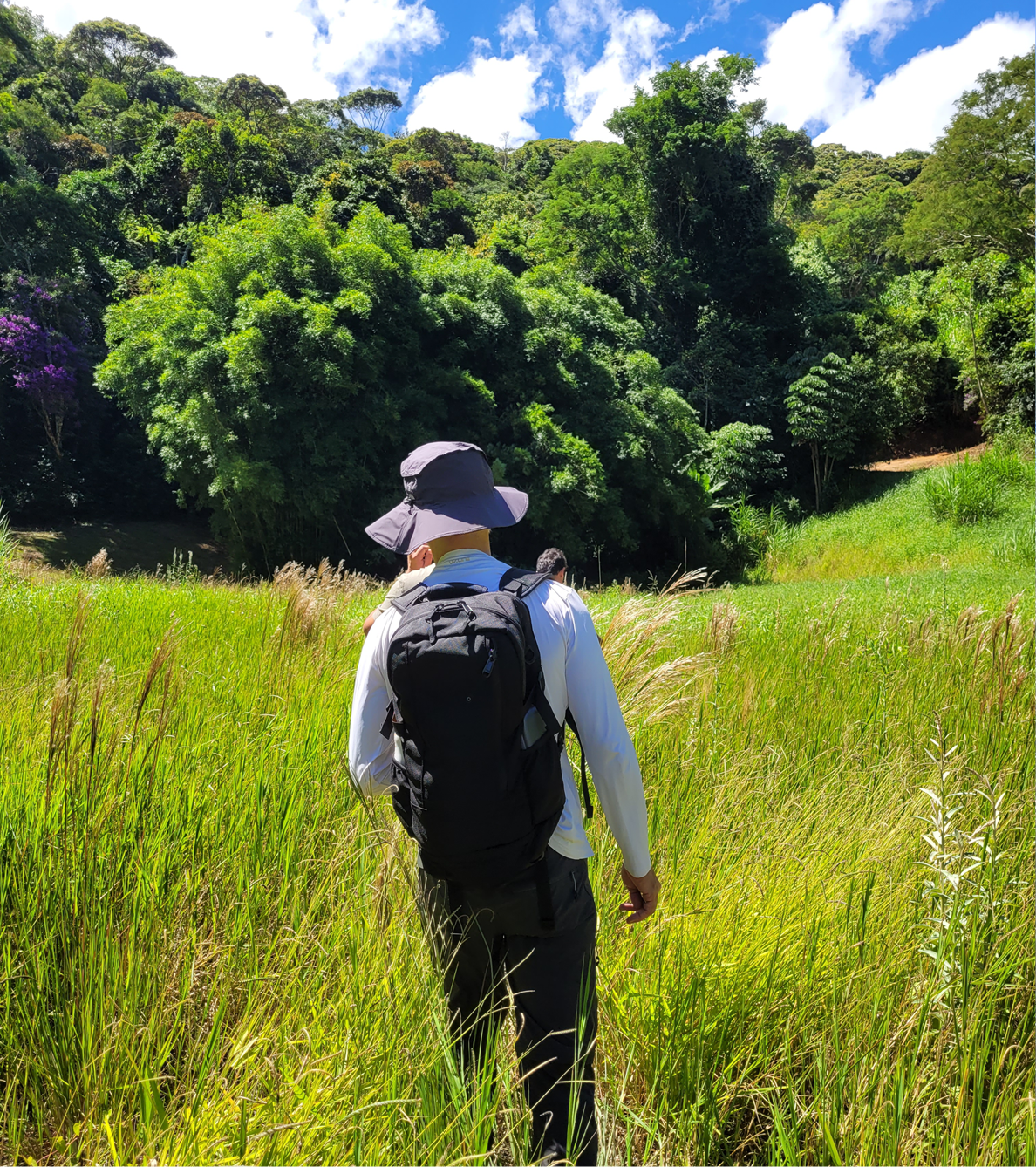



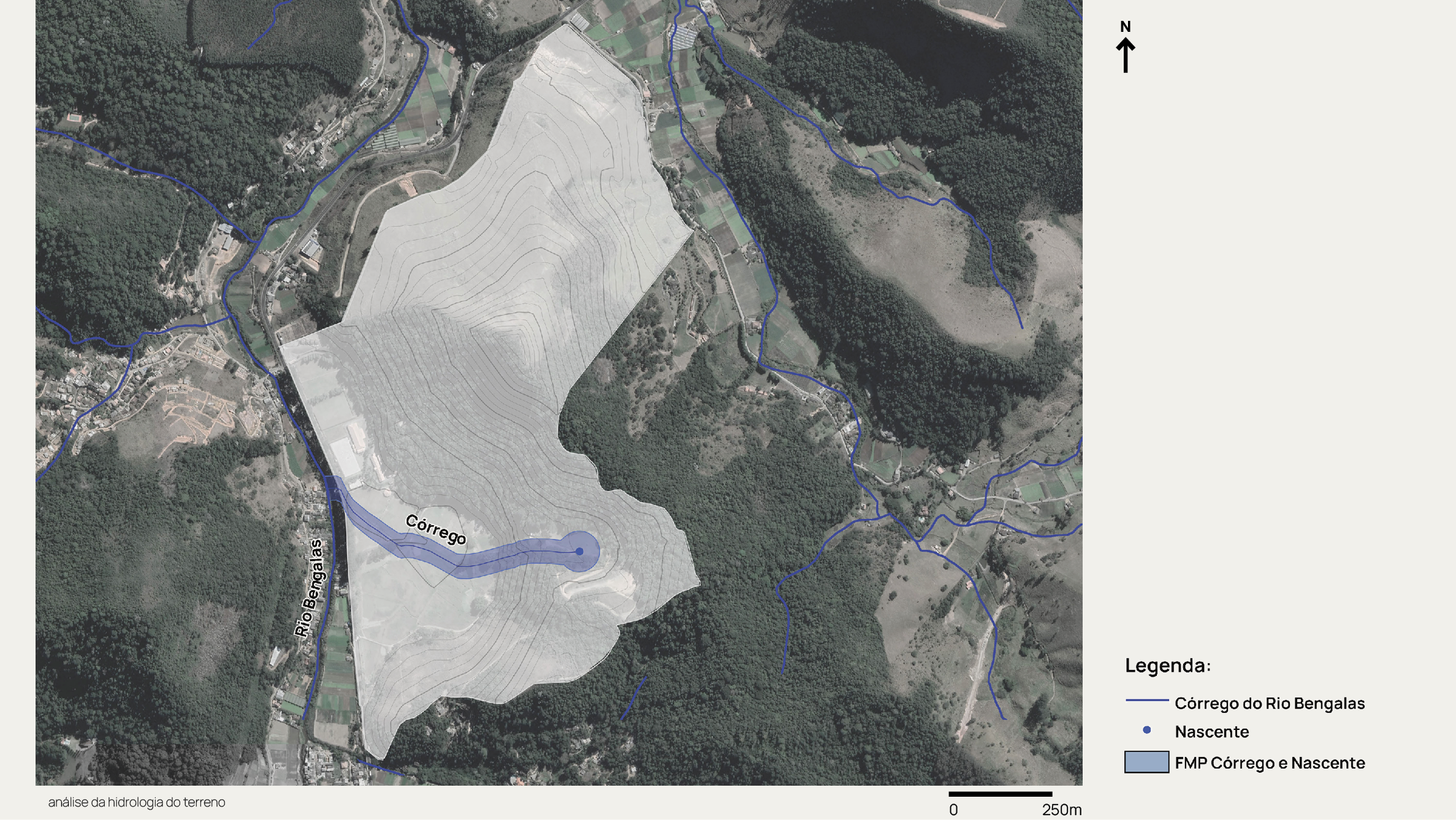


Goals and Results
Conservation
460,000 m² of preserved forest
Green and blue corridors
50,000 m² of restoration of the Marginal Protection Strip
Environmental education
Creation of an arboreal tree in the Atlantic Forest
Increase in tree cover
170,000 m² of reforestation
Leisure
Creation of 3 viewpoints and 2.5 kilometers of trails